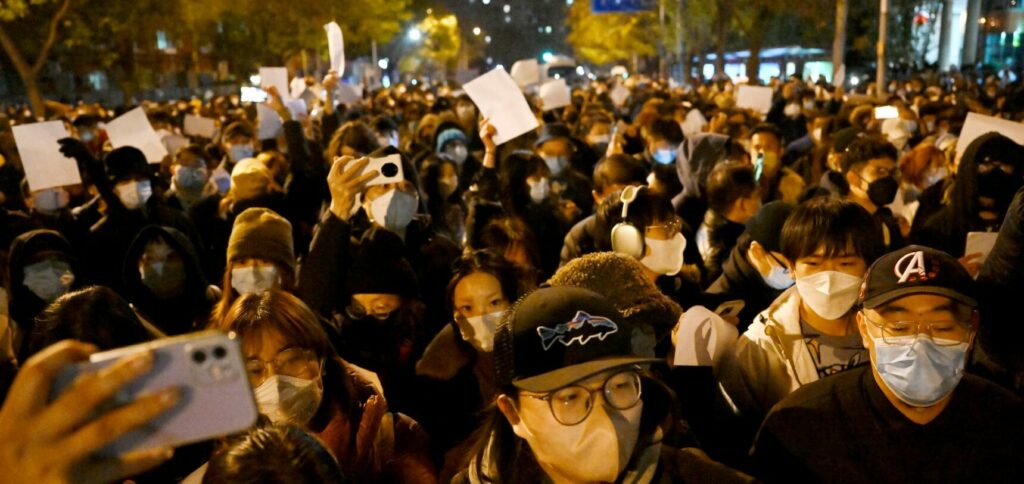ONE specified that the The number of births was 9,56 million, and the number of deaths was 10,41 million.
ADVERTISING
The country's birth rate has fallen to historic lows amid an aging population, an accelerated decline that analysts say could harm economic growth and put pressure on public finances.
The last time China's population declined was in 1960, when the country faced the worst famine in its modern history, caused by Mao Zedong's Great Leap Forward agricultural policy.
In 2016, China lifted its strict one-child policy, imposed in the 1980s, due to fears of overpopulation. In 2021, it began allowing couples to have three children.
ADVERTISING
These policy changes failed, however, to stem demographic decline.
“The population will certainly continue to decline in the coming years,” said Zhiwei Zhang of Pinpoint Asset Management.
Bonuses for children
“China will not be able to depend on the demographic dividend as a structural engine of economic growth,” said Zhang. “Economic growth will need to depend more on productivity growth, which is driven by government policies.”
ADVERTISING
News of the population decline quickly spread on Chinese social media, with some people expressing fear for the country's future.
“Without children, the state and the nation have no future,” wrote a user on the social network Weibo, a Chinese version of Twitter.
“Having children is a social responsibility,” noted a well-known patriotic “influencer” on Weibo.
ADVERTISING
Others highlighted the sharp rise in the cost of living and the difficulties of raising children in modern China.
“I love my mother, but I will never be a mother,” commented one internet user.
Incentives to have more children
As a result, many local authorities have launched measures to encourage couples to have children. The southern megacity of Shenzhen, for example, offers a birth bonus and a monthly allowance until the child turns three.
ADVERTISING
The Chinese are also “getting used to small families because of decades of the one-child policy,” Xiujian Peng, a researcher at the University of Victoria in Australia, told AFP.
“The Chinese government must find effective policies to promote birth rates, otherwise the fertility level will continue to fall,” he added.
Independent demographer He Yafu also points to the “decline in the number of women of reproductive age, which fell by five million per year between 2016 and 2021” as a consequence of the aging population.
China's population could shrink by 1,1% a year on average, according to a study by the Shanghai Academy of Social Sciences.
China could have fewer than 587 million inhabitants in the year 2100, less than half today, according to the most pessimistic projections by the team of demographers.
Furthermore, India could replace China as the world's most populous country this year, according to the UN.
“A shrinking and aging population will be a real concern for China,” Peng warned. “This will have a profound impact on the Chinese economy from now until the 2100s,” she added.
(with AFP)



